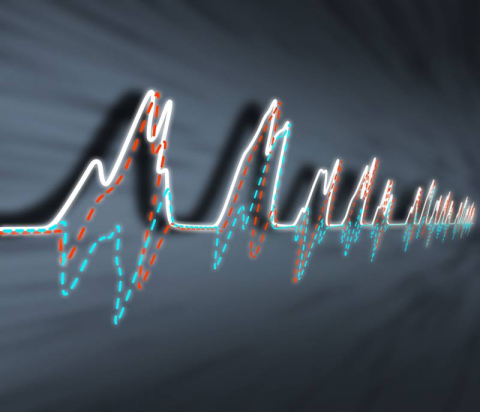
Neural networks determine the amplitude and phase of X-ray pulses, enabling new, high-resolution quantum studies.
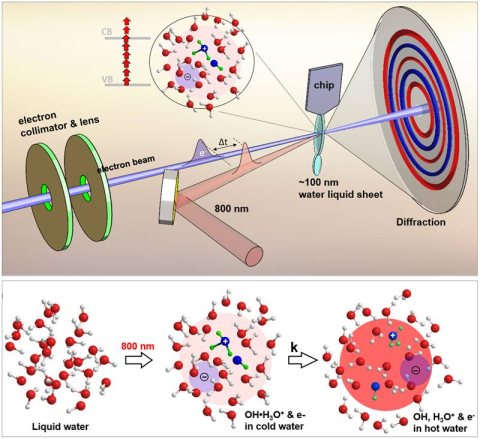
Scientists capture the short-lived hydroxyl-hydronium pair and the induced dynamic response in ionized liquid water in unprecedented detail.
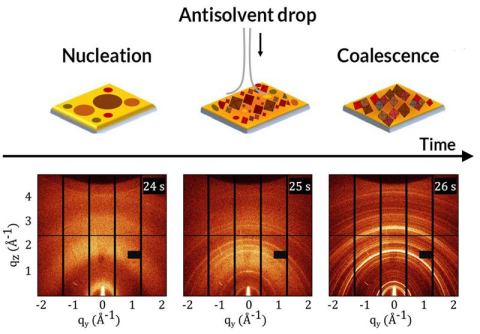
Using two methods is better than one when it comes to observing how solar cells form and improving cell properties.
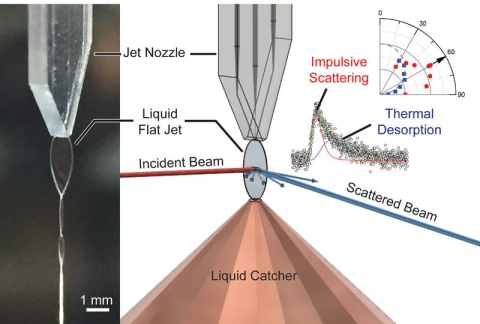
Novel molecular beam scattering apparatus that uses a liquid flat jet can study chemical reactions at the gas liquid interface of volatile liquids.
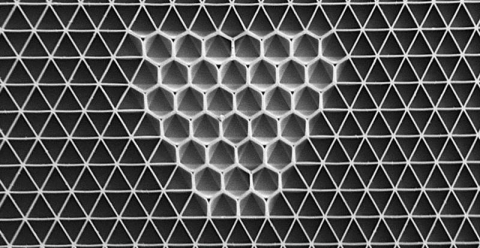
Liquid acts across multiple scales to reorganize connectivity in networks of artificial microscopic cells.

Research points to a way to design efficient quantum algorithms systematically, not by trial and error.
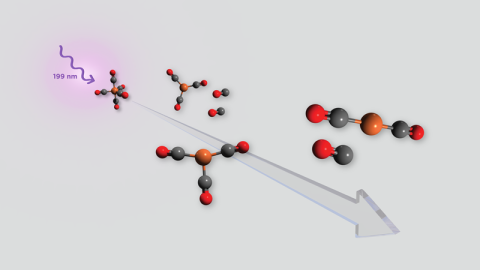
Researchers take ultrafast infrared spectroscopy snapshots of how light breaks down gas phase iron pentacarbonyl.
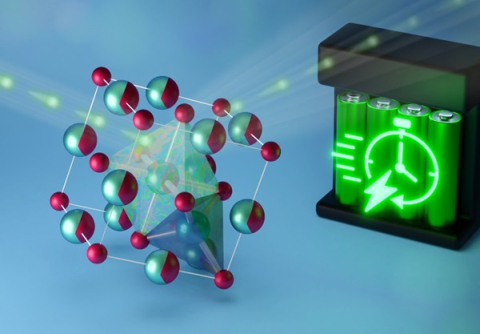
A material with a disordered rock salt structure could help make batteries safer, faster-charging, and able to store more energy.
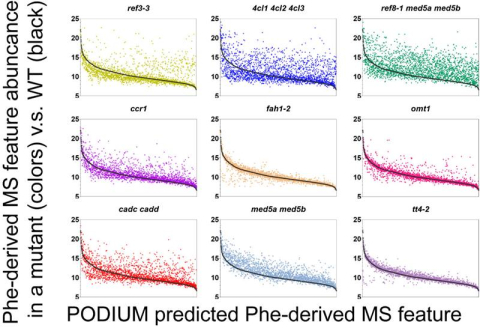
A new data pipeline identifies metabolites following heavy isotope labeling.
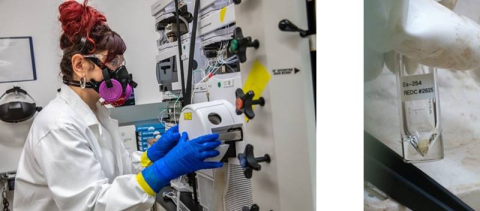
State-of-the-art techniques expand scientists’ fundamental understanding of heavy element 99, Einsteinium.

